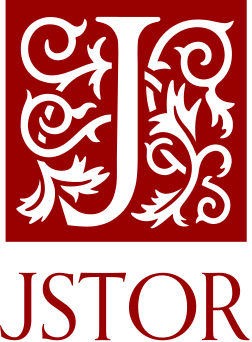This page is based on this
Wikipedia article Text is available under the
CC BY-SA 4.0 license; additional terms may apply.
Images, videos and audio are available under their respective licenses.

The Barapa Barapa people are an indigenous Australian people whose territory covered parts of southern New South Wales and northern Victoria. They had close connections with the Wemba-Wemba.
The Wodiwodi peoples were the Indigenous Australian people of New South Wales.
The Barindji, also written Parrintyi, are an indigenous Australian people of the state of New South Wales. They are to be neatly distinguished from the Paaruntyi, who spoke a similar language but whom they called the spitting people.
The Ngintait, or Ngindadj, were an indigenous Australian people of the northwest corner of the state of Victoria, and partly in South Australia. 9 people, all of one family, claim descent from the tribe, which was dispersed in the 19th century.
The Milpulo were an indigenous Australian tribe of New South Wales. Very little information about them has been transmitted in early accounts of their region.
The Barranbinya, also written Baranbinja, were an indigenous Australian people of New South Wales.
The Banbai are an Indigenous Australian people of New South Wales.
The Wongkanguru were an indigenous Australian people of the state of South Australia. The Wongkanguru language is Pama-Nyungan.
The Wongkamala are an indigenous Australian people of the Northern Territory.
The Pirlatapa are an indigenous people of South Australia.
The Ngameni are an indigenous Australian people of South Australia who once spoke the Ngameni language.
The Maikulan were an indigenous Australian people of the state of Queensland. They have sometimes been confused with the Maithakari.
The Kunggara, also known as Kuritjara, are an indigenous Australian people of the southern Cape York Peninsula in Queensland.
The Kaiabara were an indigenous Australian people of the state of Queensland. Rasther than an independent tribe, they may have been a horde of the Gubbi Gubbi.
The Nggamadi were an indigenous Australian people of the Cape York Peninsula of northern Queensland.
The Kawambarai (Gawambaraay) were an indigenous Australian people of the state of New South Wales. Their domain was in the central–western district of New South Wales
The Wanjiwalku were an indigenous Australian people of the state of New South Wales.
The Paaruntyi are an indigenous Australian people of the state of New South Wales. They are not to be confused with the Parrintyi.
The Weraerai (Wirraayaraay) were an indigenous Australian people of the state of New South Wales. They are to be distinguished from the Ualarai.
The Jingili or Jingulu are an indigenous Australian people of the Northern Territory.







